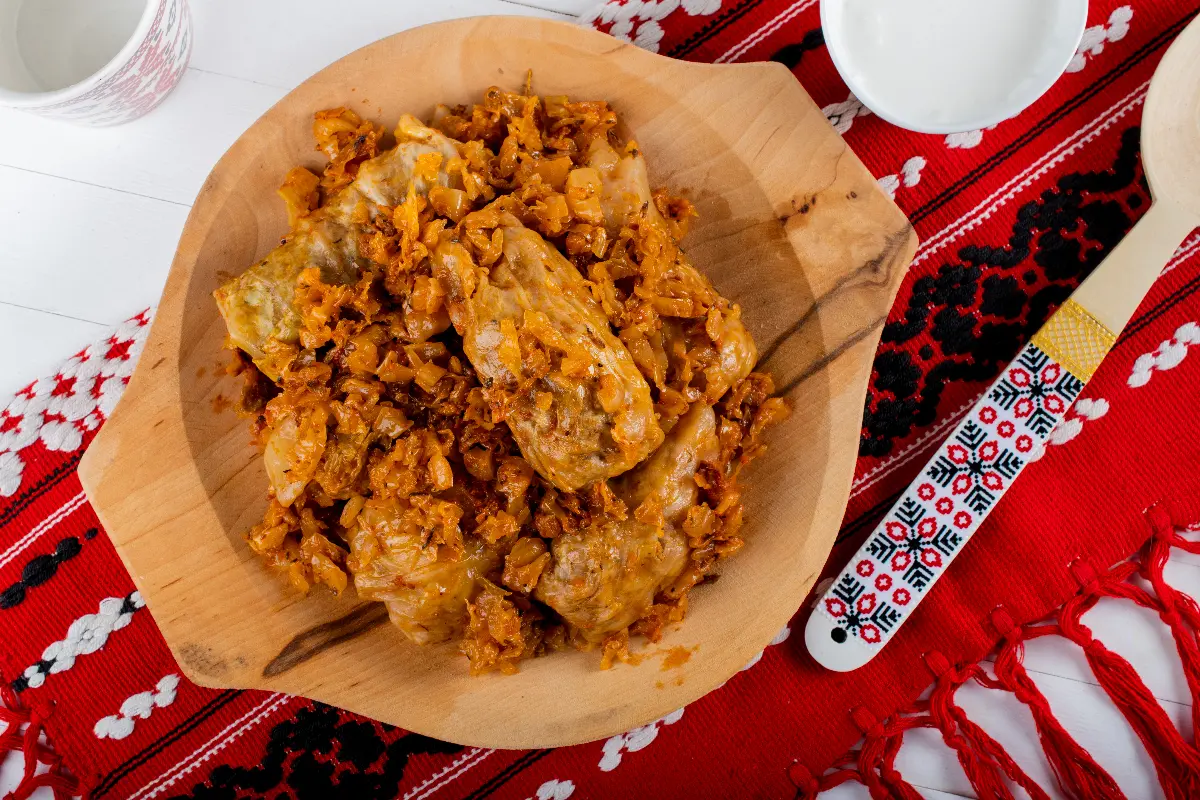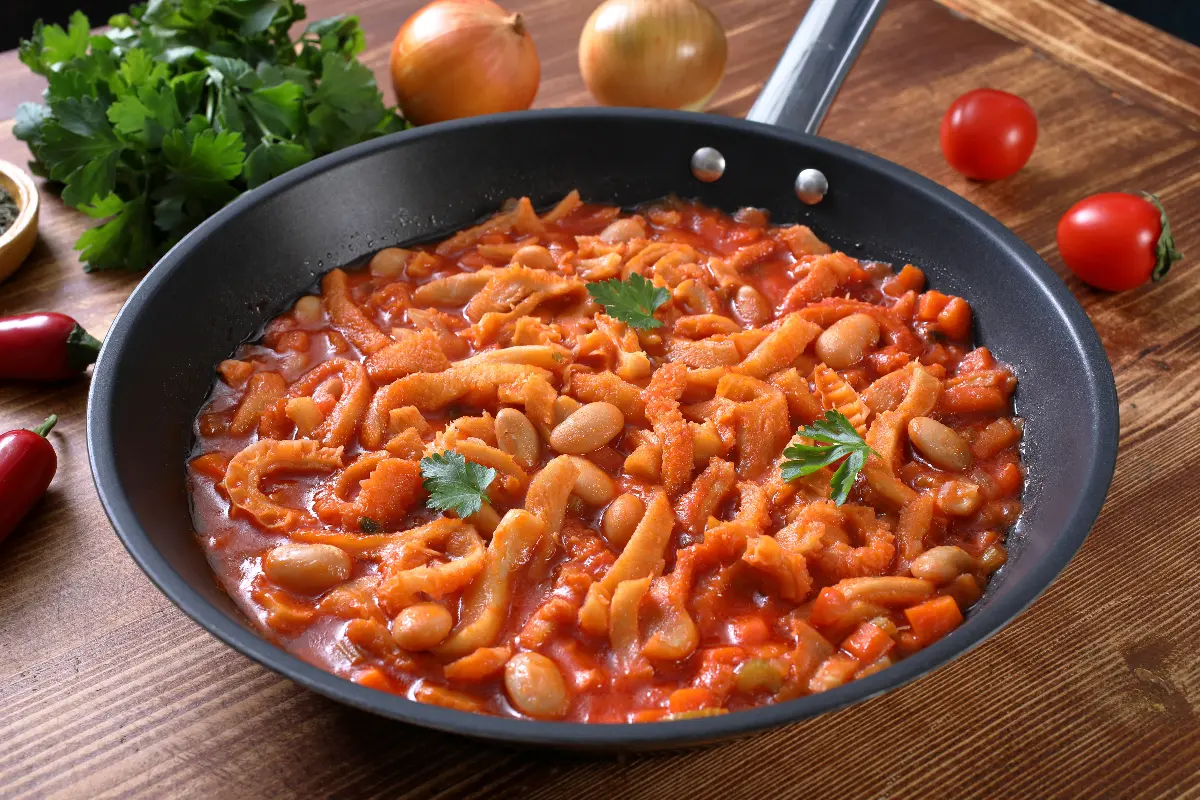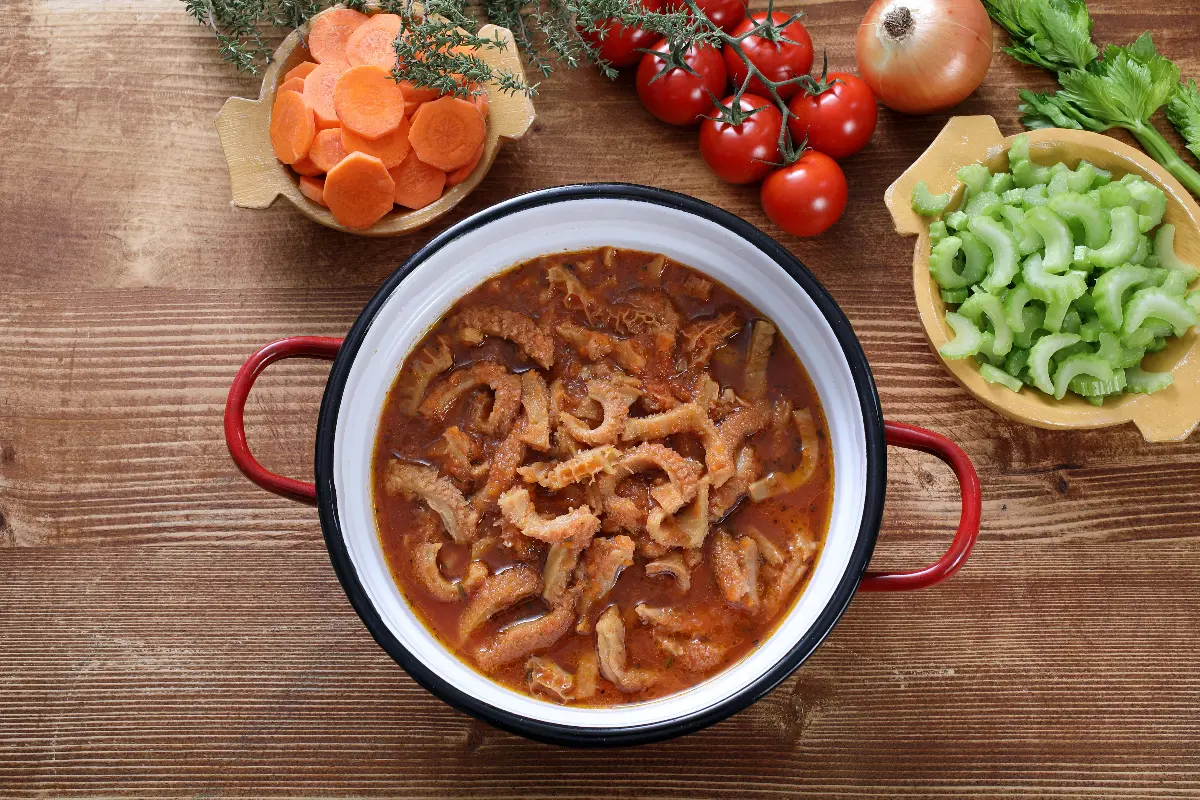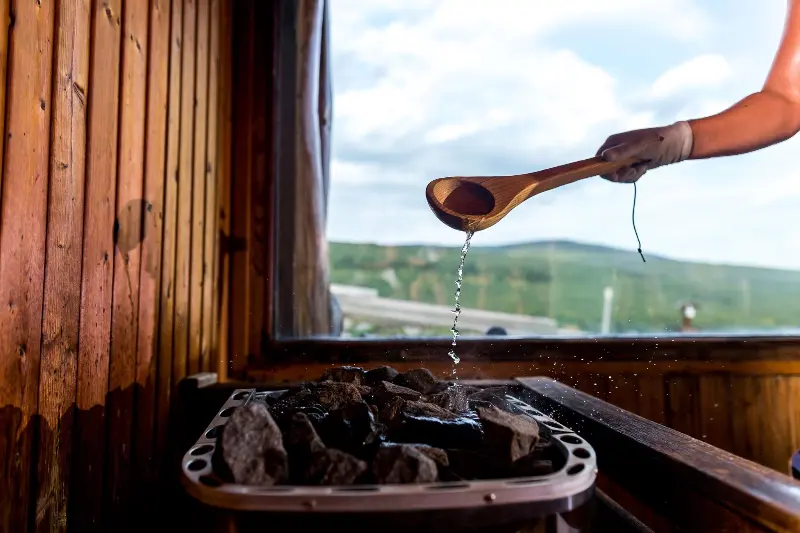
Helyszín címkék:
The first Hungarian Gypsy restaurant: the Kira
Jászberényi Attila
In his own words, Géza Ásós comes from a “simple, ordinary gypsy family”, but his unskilled worker parents had all their three children educated. One of his siblings is a system operator and the other is a construction contractor. Géza stayed with his original profession, carpentry, after some adventures in teacher training at college, and the resulting plasterboard architecture. He invested the capital raised from this activity in hospitality. At first, he wanted to create a sophisticated, mixed-clientele pub from the worst-known pub in the small town, but, as he puts it, it remained a gypsy pub for Hungarians and a Hungarian pub for gypsies. So, he decided to follow his origin and his love of gypsy food. “Eating gives me physical pleasure, I have even eaten in three restaurants in one day,” he says, adding that the taste he was looking for was nowhere to be found. Thus, in 2011, he founded Kira, where the food is “cheap, plentiful and special”, a reflection of the way Gypsies like to eat, according to Géza. “Although there really is no such thing as genuine Gypsy cuisine, except perhaps the dish known around Ózd as “piglet holder”, which means eating the womb of the brood sow, well, that is perhaps exclusively Roma food. It is more about adopting and reformulating Hungarian recipes. The flagship of Kira's menu, for example, is a special stuffed cabbage called gypsy cabbage.”
Gypsy cabbage, tripe, “pergelt” soup

“It is rare to find a Gypsy who does not like pickled cabbage, and cabbage dishes are always considered more Gypsy,” says Géza.
The important thing, he says, is to have good quality pickled cabbage and a variety of meats. The most important of these are poultry, especially slow-cooked old roosters and old hens, and duck meat. It also comes with pork, of course, mostly in the form of smoked knuckle of pork and minced meat. For Géza's tripe stew, gastronomic caravans can set off from all over the country. Tripe is also a traditional staple of gypsy dish, in the old days it was mostly thrown away by the local butchers, but resourceful gypsy women learned to cook and process the beef stomach to serve it with a rich spice, rich in cumin and seasoned like a lamb goulash, according to local tastes. It is from this tradition that Master Ásós' legendary knuckle of pork tripe was born, which should be eaten just with bread for dunking, as it is so thick that the fork stands up in it. A much lighter, fresher, spring dish is the “pergelt soup”, which is all about making the early, crunchy vegetables - peas and carrots in particular - at the same time as the tender, chicken on-the-bone (the cheapest base material). The first step is to fry, or “pergel” these, before quickly cooking it all together. There is also a good hand-made pinched noodles as a soup garnish, and the reddish colour comes not from the heavy roasted base but from the added paprika. Best topped with a cabbage square-shaped pasta or, even better, with breadcrumb pasta, which is most similar to semolina pasta, but uses the cheaper breadcrumbs instead of semolina.

Géza's restaurant is now a serious gastronomic tourist destination, which makes it a good idea to book a table at weekends. Beyond the culinary experience, the personality of the chef is part of the attraction. “A well-off group from Szarvas came here for lunch. I had never learnt how to serve, so, when I had to serve six beers and six shots, I accidently poured them on the gentlemen's suits,” says Géza. “To my profuse apologies, the lawyer gave me this penalty: as long as he is here, I have to drink with him as many times as he drinks, and he pays. Only shots, I said. By evening, two of them carried the gentleman out. I am 210 kilos and could tolerate more alcohol.”







